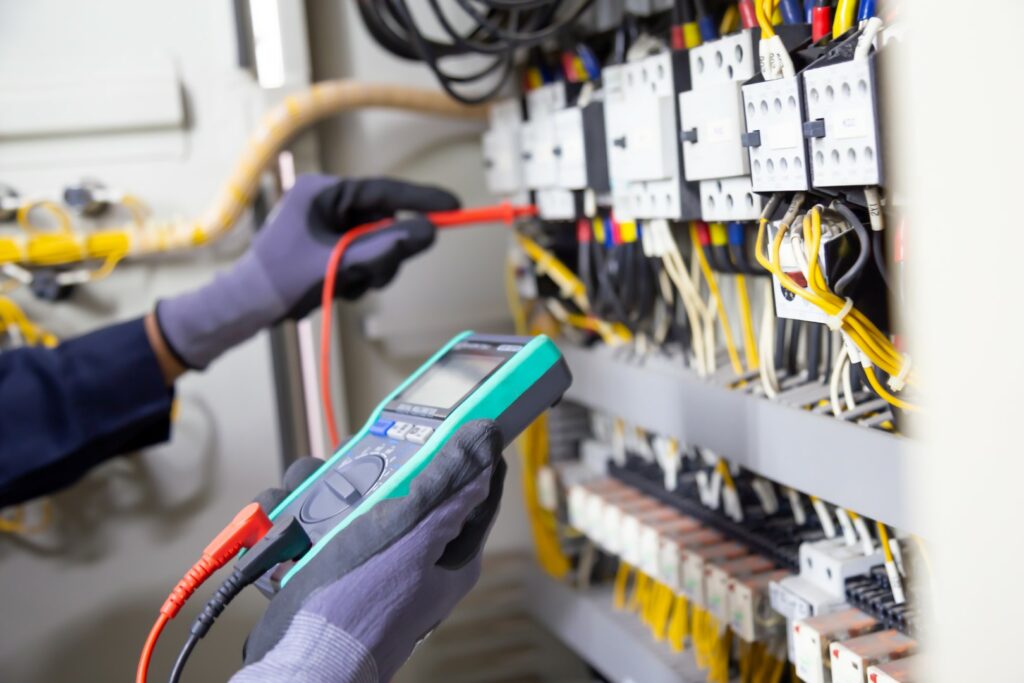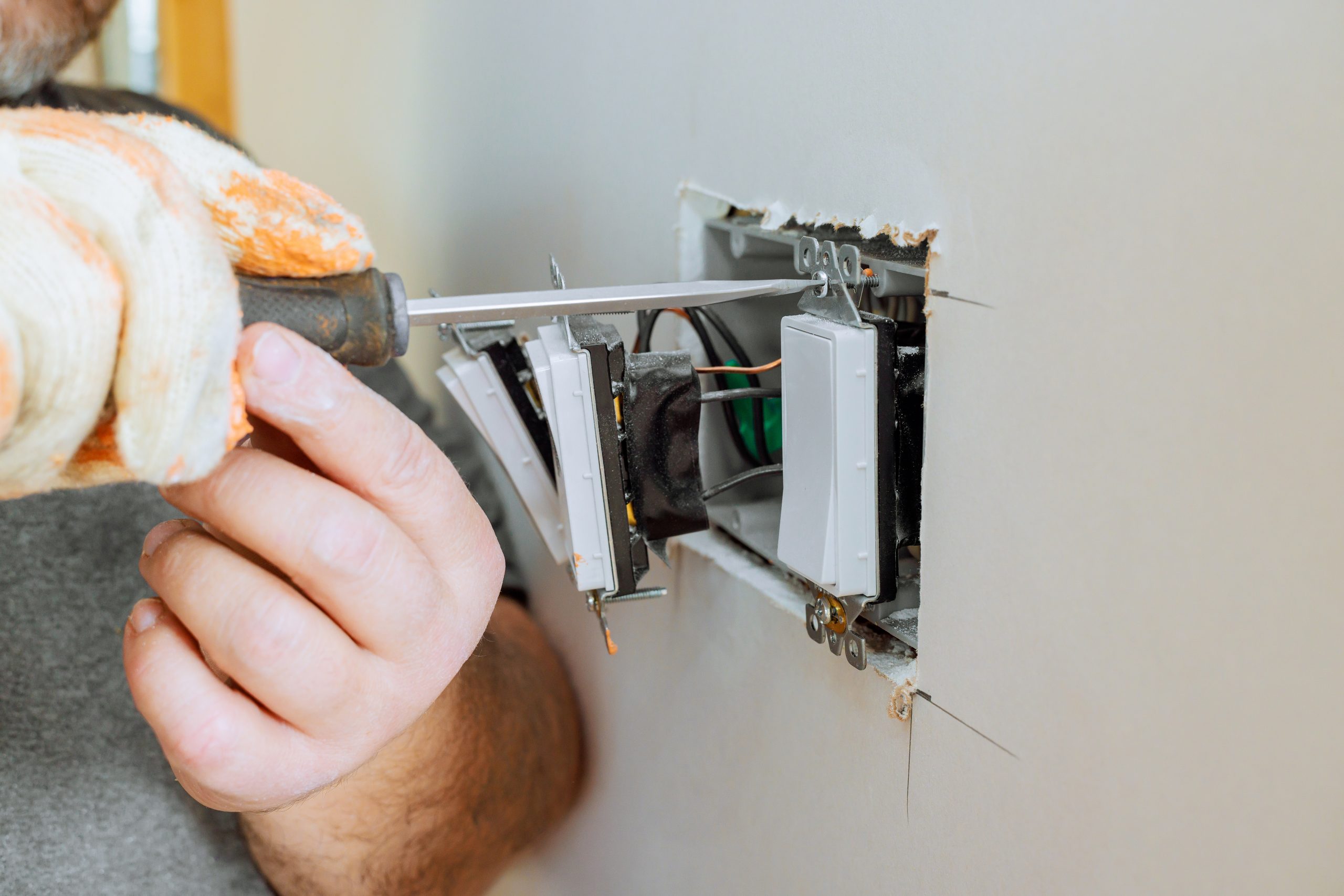Warning Signs Of Faulty Wiring You Should Never Ignore
Australia’s homes, from Sydney’s suburbs to Perth’s coastal retreats, rely on safe, reliable electrical systems to power modern life. However, the hidden dangers of faulty wiring can turn everyday tasks—like switching on a light or charging your phone—into serious safety hazards. In this post, we’ll explore the most common warning signs of faulty wiring you should never ignore, contextualized for Australian homeowners. You’ll learn how to spot issues early, why they occur (often more prevalent in older homes, rental properties and high-humidity coastal areas), and what immediate steps you can take to protect your family. Finally, we’ll explain how Spectra Electrical can be your local partner in restoring safety and efficiency to your home’s electrical system.
Common Warning Signs of Faulty Wiring
Flickering or Dimming Lights
If lights in your lounge or bedroom suddenly flicker or dim without any change on your side of the switch, it often indicates loose or damaged wiring, poor terminations or overloaded circuits—issues that can spark electrical fires if left unchecked. In Australia’s older “Queenslander” homes, where timber framing and outdated light fittings are common, wiring can degrade faster under fluctuating temperatures and humidity.
Burning Smells Near Fixtures
A persistent burning or acrid smell near power points, switches or light fixtures is an urgent red flag. It usually means insulation on cables has deteriorated or wires are overheated, creating a serious fire hazard. Recognized campaigns like “Test. Reset. Protect.” by Energy Safe Victoria urge homeowners to test their safety switch annually to reduce electrical fire risks.
Buzzing, Crackling or Sizzling Sounds
Unusual noises—buzzing, crackling or sizzling—emanating from outlets, switches or switchboards suggest loose connections or arcing, which can rapidly escalate to sparking and fires. Coastal Australian homes face extra corrosion risks from salt-laden air, accelerating wire degradation and connection looseness.
Frequent Tripping of Circuit Breakers
Circuit breakers are designed to protect your home by shutting off power when circuits become overloaded. However, if you’re resetting breakers every few days—or even multiple times a month—it may indicate a deeper wiring fault or short circuit. Ignoring this can lead to overheated cables hidden behind walls, raising the risk of shock or fire.
Discolored or Warm Power Points and Switch Plates
Brown or black scorch marks around outlets, switch plates that feel warm to the touch, or melted plastic are clear signs of arcing and excessive heat build-up in the wiring . In Australia, where power tools and air conditioners can draw high currents, outlets often bear the brunt of heavy loads—especially in older homes not designed for modern appliances.
Tingling Shocks When Touching Appliances or Metal Fittings
Even a minor shock when using a toaster or touching a metal light fitting signals a fault in the earthing or insulation of your wiring . While many shocks are “nuisance” to you, they can be life-threatening under the right conditions—and are among the most ignored warning signs of faulty wiring.
Outdated Fuse Boards and Old Wiring Systems
Homes built before the 1980s may still have fuse boards (rather than modern circuit breakers) or wiring made from aluminum, which is more prone to oxidation and failure than copper. Such fuse boards can lack crucial safety switches that trip in milliseconds during earth faults, elevating fire and shock risks.
Why These Issues Arise in Australian Homes
- Environmental Factors: High humidity in coastal regions corrodes cable sheathing and terminals faster, while extreme heat in inland areas accelerates insulation breakdown
- Aging Infrastructure: Many Australian homes still contain wiring that exceeds its design life—especially in heritage suburbs or rural properties where upgrades are less frequent.
- DIY and DIY Failures: Unlicensed electrical work, common in do-it-yourself culture, often leads to non-compliant installations that fail SAFETY regulations set out in AS/NZS 3000 Wiring Rules.
- Increased Electrical Loads: Modern appliances such as electric vehicles, heat pumps and home entertainment systems draw more current than older wiring systems can safely handle.
Immediate Actions to Take
- Switch Off Power: If you smell burning or hear arcing, immediately switch off the circuit at the fuse board to isolate the hazard.
- Test Safety Switches: Use the “Test. Reset. Protect.” method—press the test button on your safety switch every six months to ensure it trips correctly.
- Avoid Overloading: Spread high-load appliances across different circuits and avoid daisy-chaining power boards.
- Record and Photograph: Note dates and times you observe issues, and take photographs of scorch marks or discolored outlets—this helps electricians diagnose problems accurately.
- Call a Licensed Electrician: Never attempt to repair wiring yourself; call a licensed professional who understands Australian standards and local conditions.

How Spectra Electrical Can Help
Spectra Electrical, with over 20 years of service across Sydney, specializes in diagnosing and rectifying faulty wiring, outdated switchboards, and all other electrical needs. Whether you’re experiencing difficult-to-trace flickering lights, need a safety switch installation, or require a full rewiring of an older property, our team offers:
- Rapid Response: Emergency call-outs to isolate hazards and restore safety.
- Comprehensive Inspections: Full thermal imaging and safety switch testing to uncover hidden issues.
- Upgrades & Compliance: Switchboard upgrades, RCD installations, and rewiring that meets AS/NZS 3000 standards.
- Preventative Maintenance: Annual testing and proactive repairs to keep your home safe year-round.
Don’t wait for a dangerous incident to strike. If you’ve noticed any of the warning signs above—or simply want peace of mind—contact Spectra Electrical today. Our licensed electricians will ensure your home’s electrical system is safe, compliant and ready for Australia’s ever-evolving power demands.

